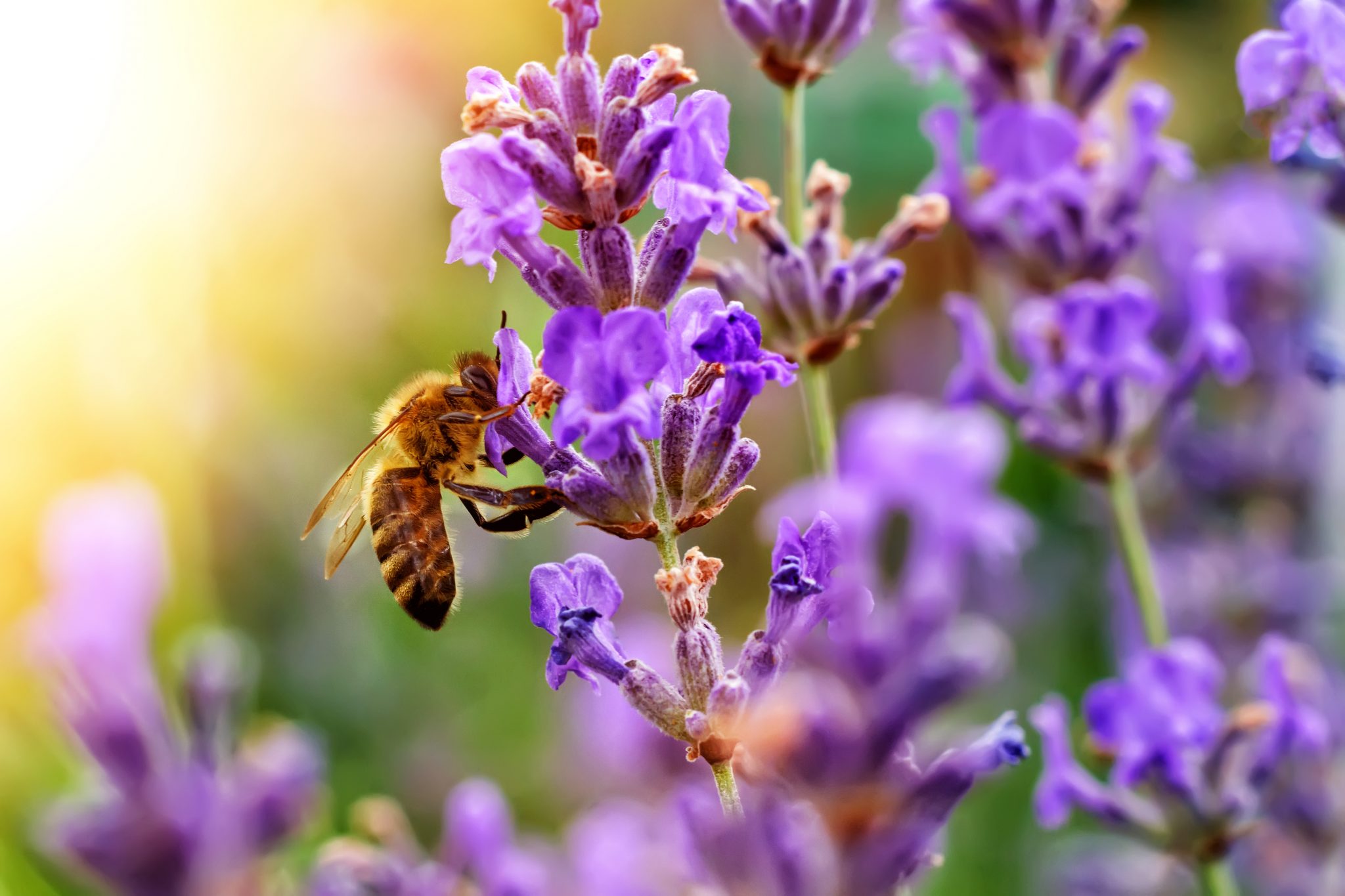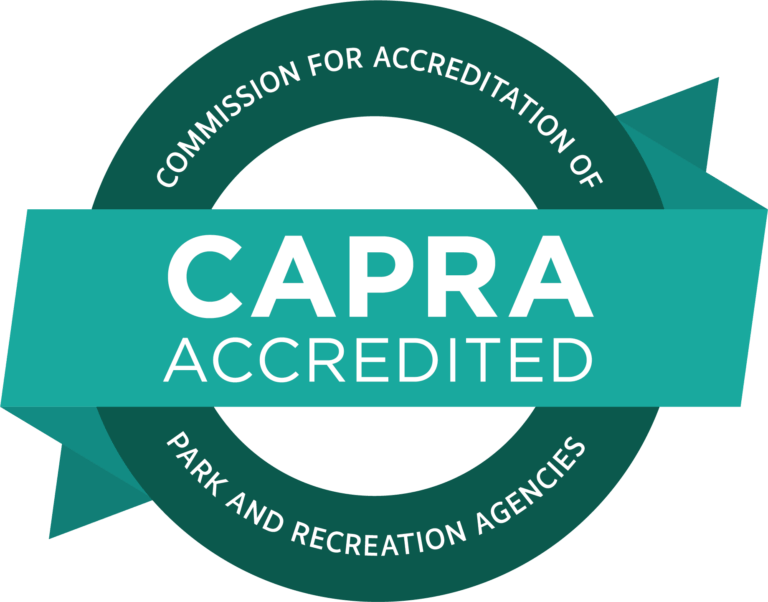Pollinators are imperative to a successful garden and thriving ecosystem. With these few simple tips you’ll be able to create a haven for these busy-workers in your own backyard; and in turn, you’ll get a bounty of fruits and blooms for seasons to come.
Why Are Pollinators Important?
Let’s talk about the birds and the bees for a moment. No, literally—the actual birds and bees. They’re some of the major players in pollination. In order for a plant to grow fruit, the flowers have to be pollinated. Breaking it down into the simplest terms, the bloom on your pepper plant needs pollen to become fertilized and produce a pepper. For the pollen to make it from the anthers (male element) to the stigma (female element), a pollinator is necessary. In the case of a pepper plant, bees, butterflies, flies, and beetles could all be potential pollinating candidates. Birds carry seeds from one space to another, ensuring distribution and enhancing survival rates of various plant species. Think about it – if an environment is contaminated or challenged in some way, dropping seeds from a struggling tree into the same space would be near futile. Birds, and even bats and squirrels, help move and distribute seeds into other areas, giving ample opportunity for the survival of the species. Hummingbirds, a very common species in our area, are key players when it comes to wildflower pollination. Without pollinators, enjoying the fruits of your garden would be impossible.
Know What They Like
Bringing birds, bees, butterflies, and more into your garden is an excellent way to develop a thriving ecosystem on your own piece of land. Not only will you see a more abundant crop in your garden, but blooms in shrubs and plants will be more prevalent as well. Knowing which plants to bring in and why is key. Obviously, bird feeders help attract and maintain a song bird presence, but what else? Hummingbirds love any flower that provides a sweet abundant nectar. Are sapsuckers drilling holes into nearby trees? Hummingbirds will suck sap from those same holes for a quick energy boost.
Bees have a preference for blue, purple, and yellow flowers with sweet fragrances. Thinking back to our last post where we discussed companion planting, we know that marigolds repel nematodes, but they also attract bees. The bees in turn pollinate the blooms on the tomato plants. It’s a winning combination.
Butterflies prefer platform-shaped flowers and are keen on red, purple, and yellow-colored flowers. Butterfly bushes are useful for attracting, but you’ll want to have more than just that around in order to really help them thrive. Goldenrod, aster, tickseed, echinacea and sedum are all beautifully blooming options.
Plant Native and Abundant
The best way to attract and maintain a presence of pollinators year-round is to plant native to North America. There is an abundance of native plants you can introduce into your garden—milkweed, sedum, lilies, yarrow, salvia, violets, dandelions, bee balm, and black-eyed Susans to name a few. Flowers planted in the masses are more likely to attract pollinators than a few blooms here or there. Planting perennials like lavender, roses, iris, and bluebells is a great way to add predictability to your garden. Perennials return every spring, just as the pollinators begin arriving and are in need of sustenance. To get started, reach out to one of our local garden centers and ask for native varieties.
Create a Safe Haven
Pollinating is a lot of work. Creating an environment where they can feast, nest, and rest will keep them nearby and pollinating your  garden. Bees nest in the ground and need bare soil and dead wood, like logs and stumps, for shelter. Nesting boxes, thick bushes, feeders, and baths are ideal for birds. Some simple things like butterfly houses and feeders can even be made at home.
garden. Bees nest in the ground and need bare soil and dead wood, like logs and stumps, for shelter. Nesting boxes, thick bushes, feeders, and baths are ideal for birds. Some simple things like butterfly houses and feeders can even be made at home.
Lastly, keep the environment safe for you and pollinators – choose organic, natural products for your lawn and avoid harsh and toxic chemicals, sprays, and pesticides. While your garden may be small, do not underestimate the enormous impact you’ll be making for yourself, our pollinators, and our community.
Stay tuned for the next post in the Starting a Garden series where we dive (not literally, thank goodness) into the fascinating process of food waste: composting for beginners!
